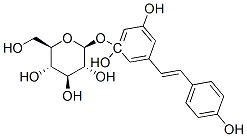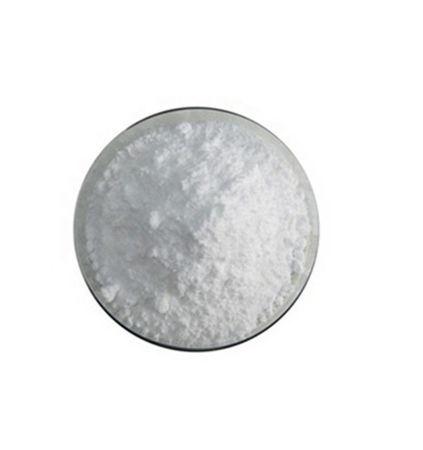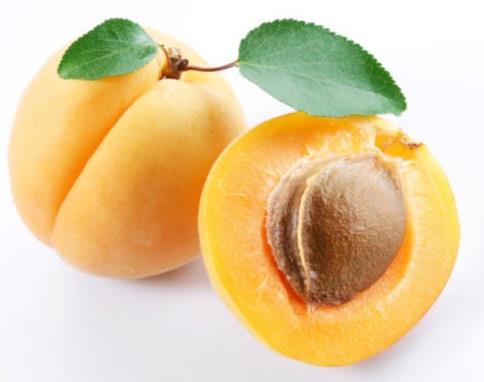Application of Polydatin
Polydatin (PD, also named pieceid, (E)-piceid, (E)-polydatin, trans-polydatin, 3,40 ,5-trihydroxystilbene-3-b-D-glucoside) is a monocrystalline compound originally isolated from the root and rhizome of Polygonum cuspidatum Sieb. et Zucc. (Polygonaceae), a traditional Chinese medicine that has long been used in China as an analgesic, anti-pyretic, diuretic and expectorant. It is a glucoside of resveratrol (3,40 ,5-trihydroxystilbene) in which the glucoside group bound to the position C-3 substitutes a hydroxyl group, belonging to stilbene phytoalexins.
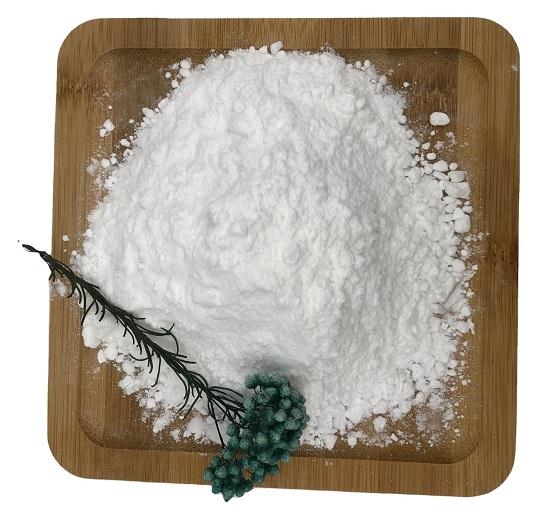
Application
Polydatin can also be detected in grape, peanut, hop cones, red wines, hop pellets, cocoa-containing products, chocolate products and many daily diets. Polydatin is the most abundant form of resveratrol in nature. Polydatin shows many pharmacological effects confirmed by numerous investigations, including cardiovascular protection, neuroprotection, anti-inflammation, immunoregulation, anti-oxidation, anti-tumour and liver and lung protective effects. Polydatin has found its way into clinical trials for the treatment of hemorrhagic shock and irritable bowel syndrome.
Polydatin is an effective candidate drug for the protection of photo-inflammation. Polydatin exhibits therapeutic potential for vascular dementia, most likely due to its anti-oxidant activity and the direct protection of neurons. In the myocardial cell, white blood cell, vascular smooth muscle cell, and endothelial cell, Polydatin can inhibit ICAM-1 expression, elevate Ca2+, weaken white blood cell-endothelial cell adhesion, and activate KATP channels.
Comparative studies of polydatin and resveratrol
Polydatin and resveratrol are extractives of radix or rhizoma of Polygonum cuspidatum, and as the glycoside forms, it is a natural precursor of resveratrol. In this study, we aimed to explore the mutual transformation between polydatin and resveratrol in rats, and to compare the antioxidative effect of them in vivo. In this study, we analyzed the serum molar concentration of polydatin and resveratrol after oral administration in rats and evaluated the anti-oxidative stress effects of them using a mouse model. Rats were orally administered polydatin or resveratrol and the concentration of them in serum were analyzed by high performance liquid chromatography (HPLC). Their antioxidative effect was compared in mice with oxidative stress cardiomyopathy induced by doxorubicin (DOX). The results showed that polydatin and resveratrol could mutually transform in vivo, the molar concentration of polydatin in serum was always averagely 3.35 and 4.28 times as much as resveratrol after oral administration of polydatin and resveratrol at 200 mg/kg, respectively. Both polydatin and resveratrol could significantly decrease the content of malonydialdehyde (MDA), promote the activities of total superoxide dismutase (T-SOD), catalase (CAT) and glutathione peroxidase (GSH-Px) in plasma, and increase the content of glutathione (GSH) in myocardial tissue. The effect of polydatin surpassed resveratrol, particularly embodied in increasing the activities of T-SOD and CAT, and the content of GSH.
You may like
See also
Lastest Price from Polydatin manufacturers

US $5.00-0.50/KG2025-05-08
- CAS:
- 65914-17-2
- Min. Order:
- 1KG
- Purity:
- 99% hplc
- Supply Ability:
- 500TONS
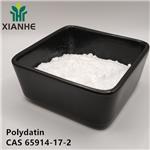
US $0.00/KG2025-05-06
- CAS:
- 65914-17-2
- Min. Order:
- 1KG
- Purity:
- 0.99
- Supply Ability:
- 1000KG
